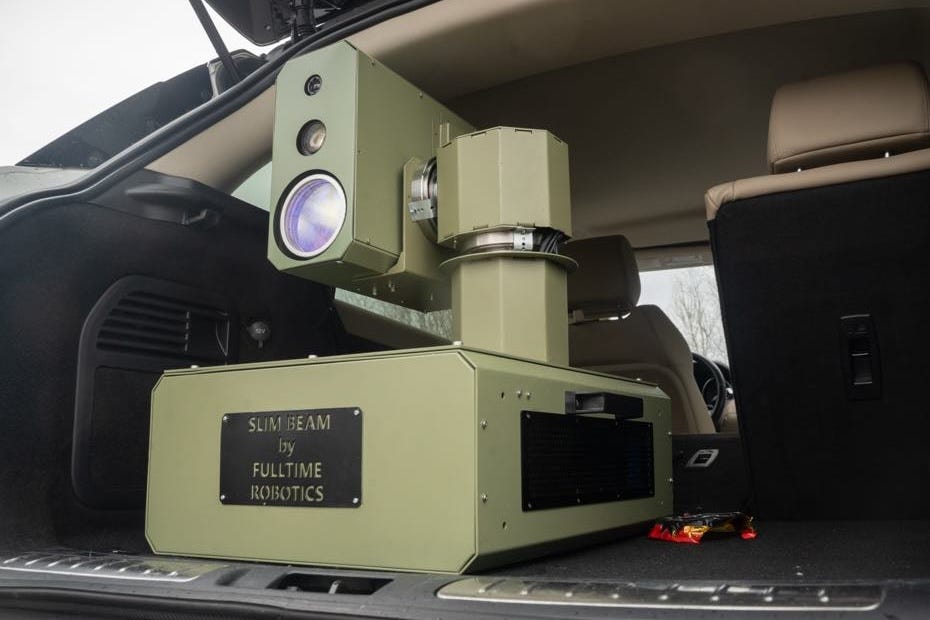Ukraine Debuts New 'Slim Beam' Laser Weapon Turret
This is the country’s second new military laser weapon since the start of the Russian invasion.
Keep reading with a 7-day free trial
Subscribe to Laser Wars to keep reading this post and get 7 days of free access to the full post archives.



